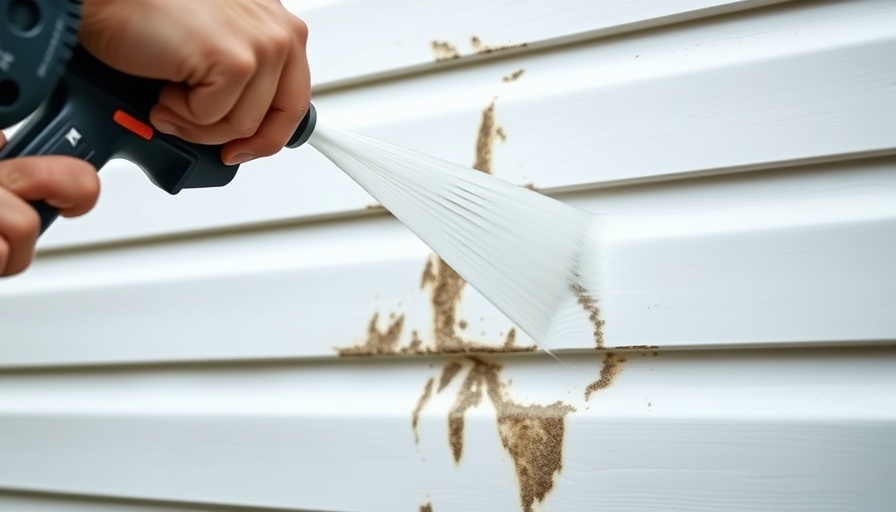
Understanding Mold and Mildew in Your Home
As homeowners, we all wish for a pristine living environment. However, mold and mildew can threaten not only our home's appearance but also our health. Understanding these fungi is the first step in proactive prevention and removal. Mold, characterized by its fuzzy appearance, typically emerges in damp, humid areas, while mildew prefers warm and moist settings. Both varieties can lead to a range of health issues, from respiratory problems to allergies. Identifying early signs of mold and understanding how to eliminate them can safeguard your home and well-being.
Act Promptly to Avoid Compounding Issues
The presence of mold often signals moisture issues that demand immediate attention. A simple patch of mold could represent a deeper leak or humidity problem behind your walls or beneath your floors. Attending to mold growth quickly not only helps preserve air quality but can also circumvent costly repairs. As an example, neglecting a mold patch can lead to extensive wood rot and structural damage over time.
Do-It-Yourself Mold Removal Techniques
Before calling in the experts, explore effective DIY methods for tackling mold. Begin by thoroughly checking your plumbing fixtures for leaks. Mold often proliferates near water sources, so identifying and fixing any leaks can significantly reduce further growth. Once moisture is eliminated, employ basic mixtures—such as a solution of bleach and water—to clean small mold spots. Always remember to ventilate the area properly, as mold spores can become airborne during cleaning.
Mold Inspections: When to Call a Professional
While many homeowners can manage small mold issues themselves, persistent growth or major infestations may necessitate a professional inspection. Experts can determine whether mold is a symptom of a more extensive moisture issue, such as poor ventilation or inadequate waterproofing. If you discover mold behind walls, ceilings, or extensive surfaces, professional involvement may be essential to ensure a comprehensive solution.
Actions to Prevent Mold Growth
Prevention is always better than cure, especially when it comes to mold. Start by keeping your home's humidity levels in check, ideally between 30-50%. Use dehumidifiers in damp areas like basements, and ensure good ventilation around kitchens and bathrooms. It’s also recommended to use mold-resistant products during home renovations, such as mold-proof drywall and paints. These actions can significantly reduce the likelihood of mold recurrence.
Conclusion: Stay Vigilant and Proactive
Being proactive about mold and mildew in your home can save you time, money, and health complications. By regularly checking for leaks, utilizing effective removal strategies, and taking preventive measures, homeowners can maintain a healthy living environment for their families. Don’t hesitate to address potential threats—your home’s health depends on it. For further tips on maintaining a mold-free home and steps to take in case of mold discovery, consider staying updated with expert advice and resources.
 Add Row
Add Row  Add
Add 




 Add Row
Add Row  Add
Add 

Write A Comment